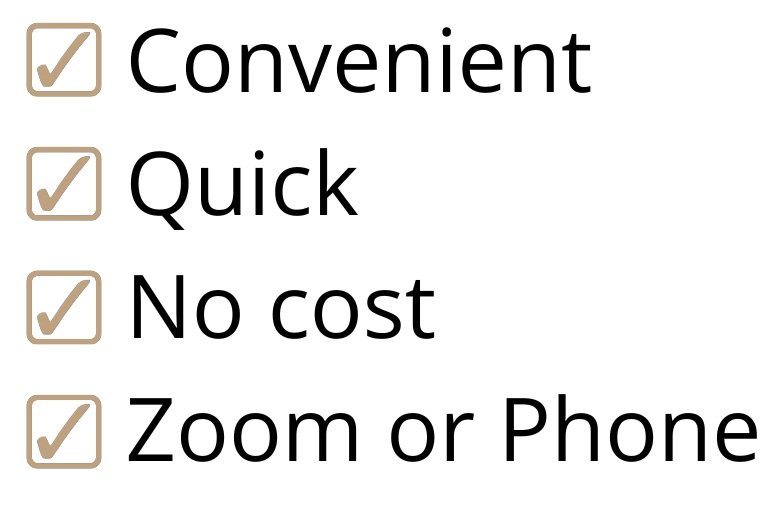Reverse Mortgage vs HELOC in Canada: Which One is Better for Retirement?
Hi, WealthTrack founder David Pipe here. For many Canadians, the home they live in is their single largest asset. After years of paying into a mortgage, the equity built up in a house often represents financial security in retirement. But what if you need to access some of that equity without selling? Two of the most common ways are a reverse mortgage or a home equity line of credit (HELOC).
While both allow you to tap into your home’s value, they work very differently — and choosing the right one can have a major impact on your lifestyle, your monthly cash flow, and even the inheritance you leave behind.
This guide breaks down the key differences between a reverse mortgage and a HELOC in Canada and helps you decide which may be the better choice for retirement.
Interested in Building Wealth?
Reach out to WealthTrack today!
What is a Reverse Mortgage in Canada?
A reverse mortgage is a loan available to homeowners aged 55 and older. Instead of making monthly mortgage payments, you borrow against the value of your home and don’t need to repay the loan until you move out, sell the home, or pass away.
Reverse mortgages are offered by specialized lenders in Canada such as HomeEquity Bank (CHIP Reverse Mortgage) and Equitable Bank.
Key Features:
Available to Canadians 55+ years old.
Access up to 55% of your home’s value.
No monthly mortgage payments required.
Funds can be received as a lump sum, installments, or a mix of both.
Repayment is triggered when the home is sold or the last borrower passes away.
Pros: Provides cash flow with no monthly payments, helps retirees stay in their homes, money is tax-free.
Cons: Interest compounds over time, reducing the amount of equity left for heirs.
What is a HELOC in Canada?
A home equity line of credit (HELOC) is a revolving credit line secured against your home. Unlike a reverse mortgage, a HELOC is open to homeowners of all ages, but lenders require proof of income, good credit, and the ability to make payments.
With a HELOC, you can borrow as needed, up to a pre-approved limit (often 65%–80% of your home’s value when combined with a mortgage). You only pay interest on the money you use, but you must make monthly interest payments.
Key Features:
Open to homeowners with steady income and good credit.
Borrow up to 65% of your home’s value (combined with mortgage up to 80%).
Flexible: borrow as needed and repay anytime.
Requires ongoing monthly interest payments.
Pros: Lower interest rates than reverse mortgages, flexible borrowing, preserves more home equity.
Cons: Monthly payments required, approval can be difficult for retirees with limited income.
Reverse Mortgage vs HELOC: Key Differences
Eligibility
Reverse Mortgage: Age 55+, based on home value, not income.
HELOC: Based on income, credit score, and debt ratios.
Repayment Rules
Reverse Mortgage: No payments until the home is sold or owner passes away.
HELOC: Monthly interest payments required from the start.
Access to Funds
Reverse Mortgage: Lump sum, scheduled installments, or combination.
HELOC: Flexible, borrow as needed.
Interest Rates
Reverse Mortgage: Higher than HELOC (due to no payments structure).
HELOC: Lower, but requires consistent repayment.
Impact on Inheritance
Reverse Mortgage: Loan grows over time, reducing equity left for heirs.
HELOC: As long as payments are kept up, equity remains largely intact.
Which Option is Better for Retirement?
The answer depends on your financial situation and goals.
When a Reverse Mortgage Makes Sense
You are retired and on a fixed income with little cash flow.
You want to stay in your home long-term without the stress of monthly payments.
You plan to use the funds for retirement living expenses, medical costs, or to help family members.
When a HELOC Makes Sense
You still have strong income or pension that comfortably covers monthly interest payments.
You want flexibility to borrow and repay as needed.
You want to preserve equity for inheritance or future downsizing.
Example Scenarios:
A 72-year-old retiree with limited income but lots of home equity may find a reverse mortgage more suitable, since no monthly payments are required.
A 60-year-old homeowner with a good pension might prefer a HELOC, using it as a flexible tool for renovations or unexpected expenses while keeping monthly payments manageable.
Alternatives to Consider
Before committing to either option, retirees should also consider:
Downsizing: Selling your home and buying a smaller property, freeing up cash.
Refinancing a Mortgage: Traditional refinancing may still be available for some.
Selling and Renting: Gives you access to equity while removing maintenance costs.
Get Professional Advice

Hello, I’m David Pipe. At WealthTrack, we can help you reach your financial goals — book a free 15-minute call with us today to find out how to get started.

Final Thoughts: Choosing the Right Option
Both a reverse mortgage and a HELOC can help Canadian retirees unlock the value of their homes — but the right choice depends on income stability, lifestyle goals, and how important it is to preserve home equity for heirs.
Choose a reverse mortgage if you want cash flow with no monthly payments and plan to remain in your home for the long term.
Choose a HELOC if you have the income to cover monthly interest and want flexible, lower-cost access to your equity.
The best decision often comes down to personal circumstances. If you’re exploring how to use your home equity in retirement, it’s wise to speak with a mortgage professional who can run the numbers for your unique situation.

